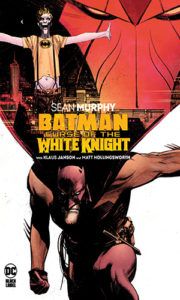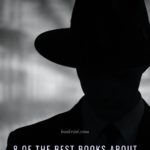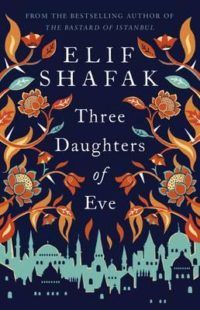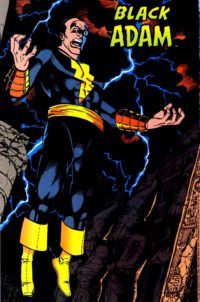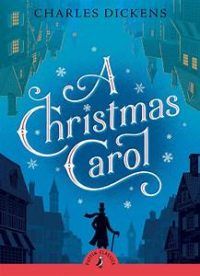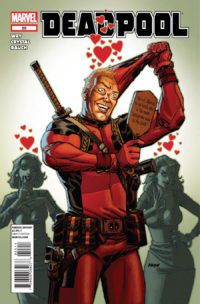Gotham City is torn apart by the war between Batman and the Joker. Ready to take it to the next level, The Joker recruits the flaming sword-wielding knight Azrael to create their version of heaven on Earth while exposing hidden Wayne family secrets. Batman and his estranged allies can stop them—but the distrust between them runs deep. Sean Murphy reimagines the Batman mythos in Batman: Curse of the White Knight. This hardcover collection features the groundbreaking series and the Batman: White Knight Presents Von Freeze one-shot written by Murphy and illustrated by legendary comics artist Klaus Janson. I think the term villain itself can be understood in so many ways. Especially with something as diverse as books and stories, where characters can take any form and go down any path. While the villains in fairytales and superhero books are much clearer, I think we all can agree that villains aren’t always conventionally bad. And sometimes, perspective means everything. Which is why the characters you’ll see in the list below aren’t all your run-of-the-mill weapon-holding evil villains. They embody the word in different ways and explore different ‘evils’ depending on the world they exist in. Some are misunderstood. Others are villainised on purpose – but all of them somehow find their way towards better ends. I wanted to chose unconventional villains because the concepts of heroism and villainy aren’t as black and white as children’s stories would have us believe. The journeys that these ‘villains’ explore that turn them into ‘heroes’ are all vastly different from each other. Yet each says the same thing. We can choose to grow and change no matter how difficult. How we do it is dependent on who we are and who we want to be. Azur’s story in many ways is more about being villainised than being a villain. But as the importance of optics and the power of rumours shows us – both can be equally damning. Nevertheless, when Peri decides to revisit her past over 10 years later we see he is not quite the villain the whole world thinks him to be. Yet as tragedy rips the ground from beneath her feet we see her turn to a much more accepted persona as it is her friend who now takes the ‘dark’ path. Sasha’s journey is one of extremes. She leaps from one end of the spectrum to the other. Yet the fact that one is more clearly villainised than the other is an indication of how easy it is to switch around what such stark labels mean depending on who says them and where and when they are used. Black Adam first appeared in the 1970s as one of the archenemies of Captain Marvel. Initially a corrupted ancient predecessor of Captain Marvel whose only goal is to bring down the Marvel family, Black Adam was soon reformed into somewhat of an antihero. In separating himself from the murderous Theo Adam, Black Adam is able to take on somewhat of a redemption arc. Instead of the cruel, harsh businessman he is first shown to be, Shylock now becomes a lot more human and particularly by the end when he is forced to give up all he has – including his religion – audiences can sympathise with even some of his worse actions as being forced by necessity rather than choice. His tryst with the dark side comes to an end on Exile Island where Red Skull fuses him with Redwing, a falcon Wilson befriends, and makes him forget his past as “Snap”. Even though he is befriended by Captain America and helps him on his mission, some might argue that this was not when he truly became a hero. Rather it was when his memories returned but he chose to stay on the side of good that he really embodied his hero self. But I suppose in some ways it does show us that it’s never too late to turn over a new leaf, and there’s always a little hero in everyone. However, at the end, he does eventually learn kindness and even French. He greatest desire is to find love and acceptance and much of his journey towards being somewhat of a hero has come from many seeing the monster as a metaphor for the evils of a society that shuns him rather than being the monster himself. His disassociation with his past is mainly what allows him to blur the lines between good and bad, which can be taken as an indication that holding on to our past can often be limiting for our growth into better people.
